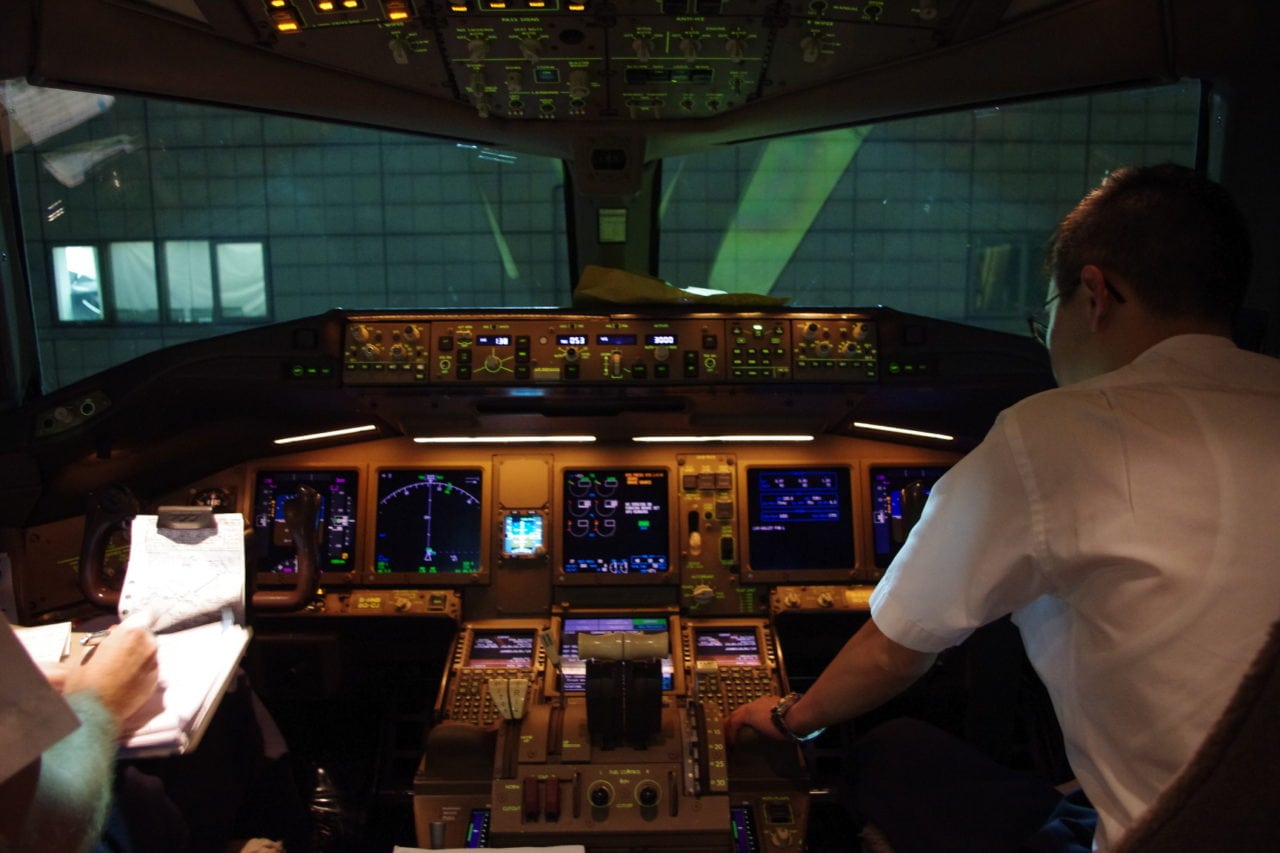 |
| Report shows fewer but bigger opportunities in commercial avionics market. Photo: Matt@PEK (Flickr) |
[Avionics Today 09-19-2014] A new study by Frost and Sullivan finds that fewer but bigger opportunities exist in the global commercial avionics market, as aircraft Original Equipment Manufacturers (OEMs) prefer limited suppliers for large work packages.
According to the study, new aircraft orders and deliveries as well as growing air traffic are fuelling the global commercial avionics market. As aircraft OEMs with large delivery backlogs ramp up their production rates to cope with the strong demand for aircrafts, the need for line-fit avionics systems is intensifying and service opportunities are increasing.
The new study, which covers communication, navigation, surveillance and integrated systems, finds that the market earned revenues of $7.78 billion in 2013 and estimates this to reach $10.27 billion in 2023.
“Mandates issued to improve air traffic management in an increasingly busy airspace are driving innovation and forcing airlines to replace outdated avionics systems with newer technologies,” said Frost and Sullivan Aerospace and Defense Consultant Thomas Saquer, referring to projects like NextGen. “Besides, participating in international regulatory initiatives is essential if avionics system manufacturers wish to shape the future of the market, but they also need to bring innovative products to the market not just to comply with regulations but also to stand apart from the competition.”
However, some airlines have struggled to make robust profits due in part to recent economic turmoil, rising fuel prices and competitive pressures and those will have little incentive to invest in innovative avionics systems. They are also unlikely to retrofit their used aircraft with optional avionics systems, according to the report.
The study concludes that aircraft OEMs prefer to deal with a few suppliers to handle large work packages and so it is also important for avionics systems manufacturers globally to be recognized at the earliest stages of new programs to win contracts.